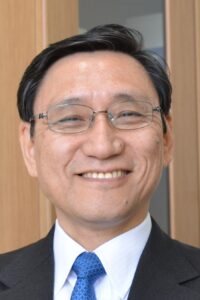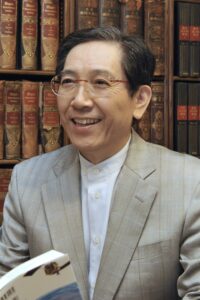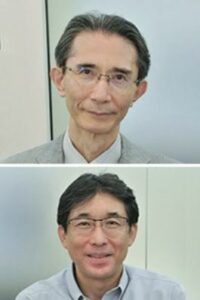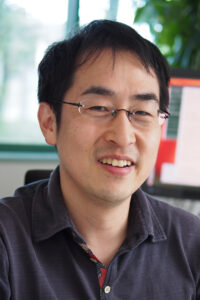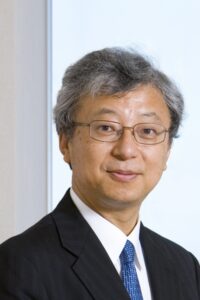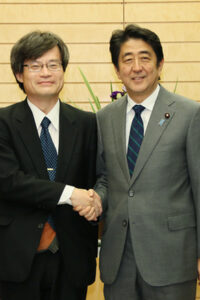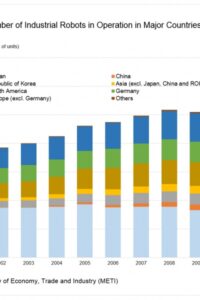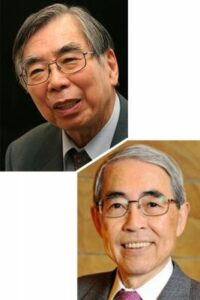
< Key Points > It is apparent that the Nationally Determined Contributions (NDCs) submitted by member countries will not be enough to reach the 2 degree target Technologies and feasibility for massive negative emissions are unproven It is effective to accumulate technologies for zero emissions in each sector The Paris Agreement, a new framework of global warming prevention, was adopted at the 21st Conference of the Parties to the United Nations Framework Convention on Climate Change (UNFCCC), which was held in Paris in December 2015. The Parties agreed to keep the average global temperature rise well below 2˚C above pre-industrial levels (the Two-Degree Goal), keeping it in mind to do our best to keep the rise less than 1.5˚C, and realize zero net emissions by balancing anthropogenic greenhouse gas emissions with negative emissions in the second half of this century. All countries and ... ... [Read more]
